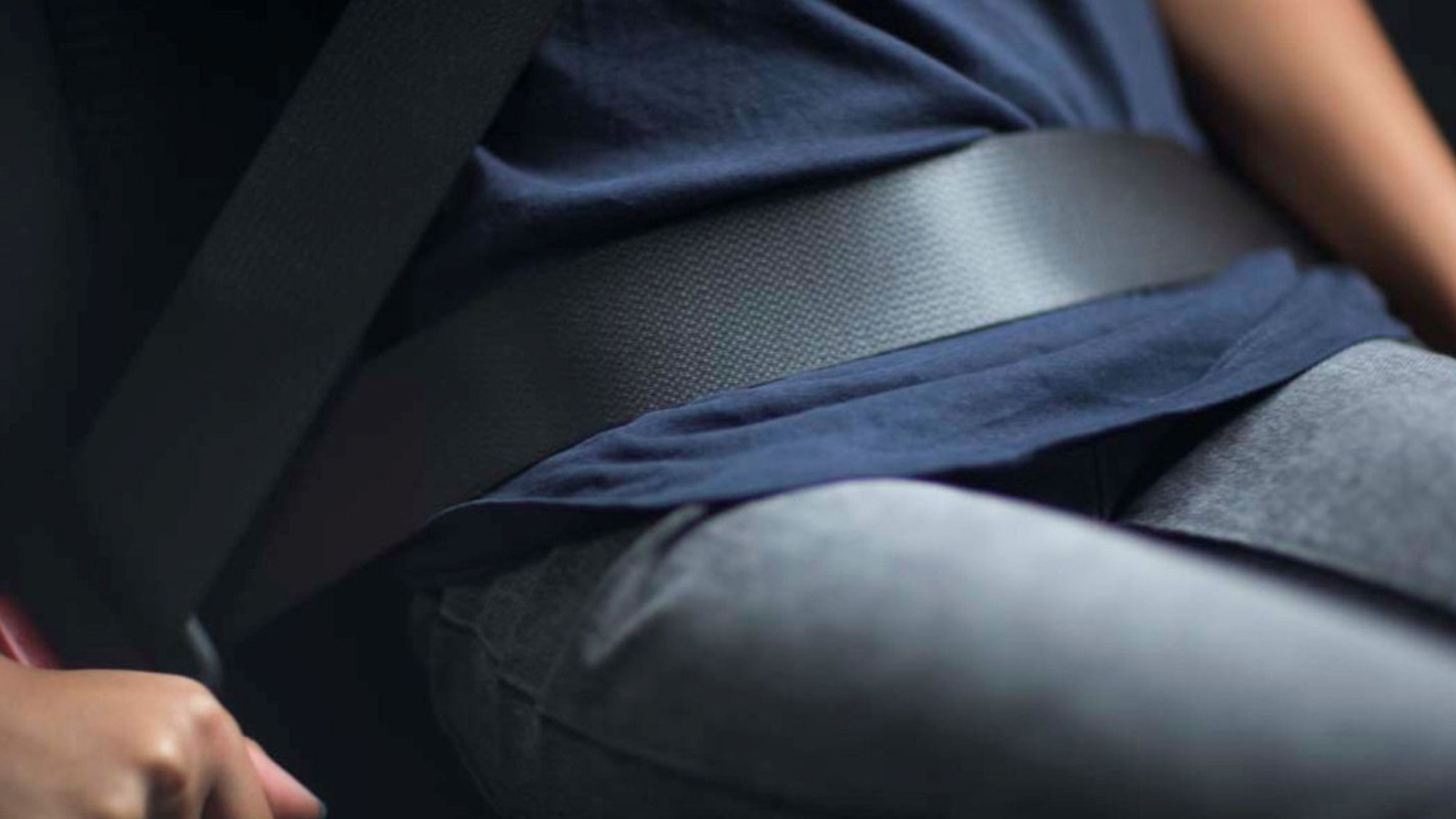A properly fastened and secured safety restraint can be the difference between life or death. Here, we highlight the key rules around seatbelts and securing heavy loads.
Rules for securing passengers and loads
Safety restraints in Victoria
Everyone travelling in a motor vehicle needs to wear a properly adjusted and fastened seat belt. It’s the driver’s responsibility to ensure:
- there’s only one person sitting in each seat
- no one is sharing a seatbelt
- all passengers are wearing their seatbelts correctly
- all children are safely secured.
While the rules don’t require you to wear a seatbelt when parked or reversing, RACV suggests you do.
Drivers can be booked for failing to ensure their passengers are safely restrained, but this doesn’t apply to a bus driver or a taxi with passengers over 16 years old.
For more information, see the VicRoads website.
Anyone travelling in a car with a child under the age of seven must ensure the child is in an approved, properly fitted and appropriate child restraint.
The type of restraint to use for your child depends on their size and age. Here are the different types at a glance:
- Birth to 6 months: rearward facing restraint.
- 6 months to 4 years: rearward or forward facing restraint.
- 4 to 7 years: forward facing restraint or booster seat.
- Older than 7 years: booster seat or adult seatbelt.
We provide more in-depth information on this topic in our Child Safety section.
It’s important that you always wear a seatbelt throughout your pregnancy. It protects you and your unborn baby in the event of a crash. If a seatbelt is worn properly there’s very little pressure on your stomach.
Correctly and comfortably wear a seatbelt by:
- Placing the lap part of the belt under your baby and low over your upper thighs.
- Adjusting the angle of the seatbelt using the seatbelt locator.
- Placing the sash part of the belt in between your breasts.
Not wearing a seatbelt is illegal unless a medical practitioner exempts you from wearing one.
According to Victoria’s Road Rules, it’s an offence to not have your load secured properly.
A load is secured properly if it’s secured in a way that will prevent the load from causing injury or damage to a person or property, or causing a hazard to other road users by:
- becoming dislodged or falling from the vehicle
- dangerously hanging or projecting from the vehicle
A load also needs to be secured in a way that doesn’t make the vehicle unstable or unsafe.
The summaries RACV provide on Victorian road rules are based on the Victorian Road Safety Road Rules 2017. We make sure to reference the exact rule where possible. When reading, keep in mind that we’re providing general information, not legal advice. If you’re looking for specific questions on any legal matter, consult with a lawyer for help.
